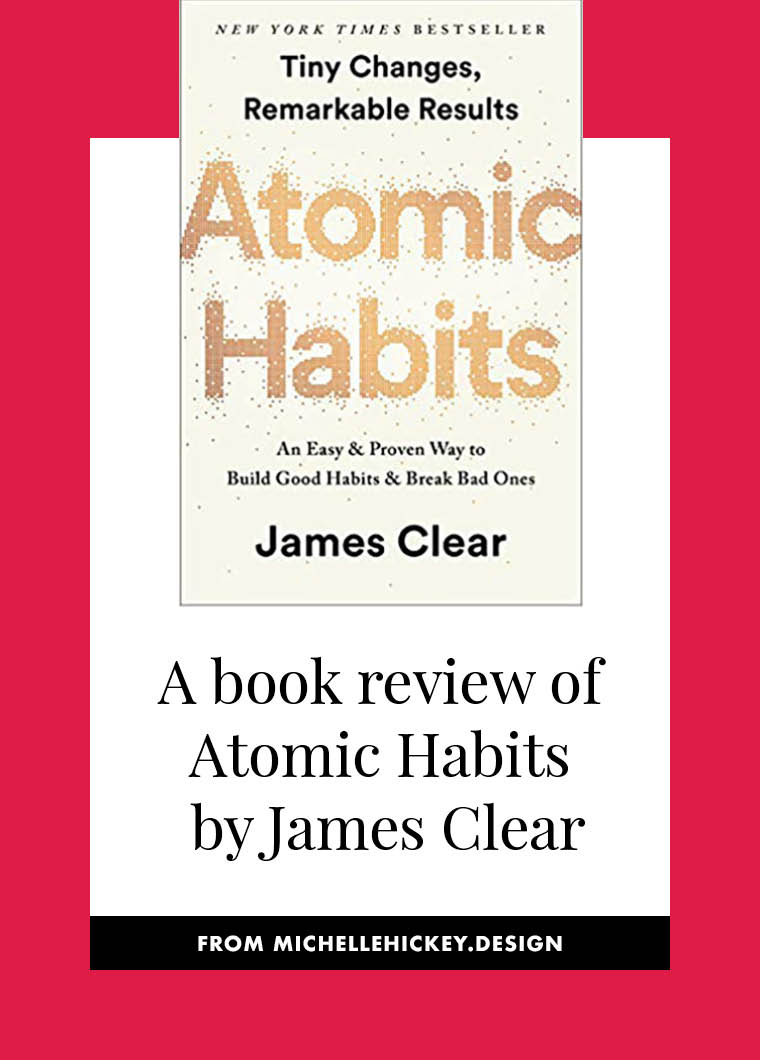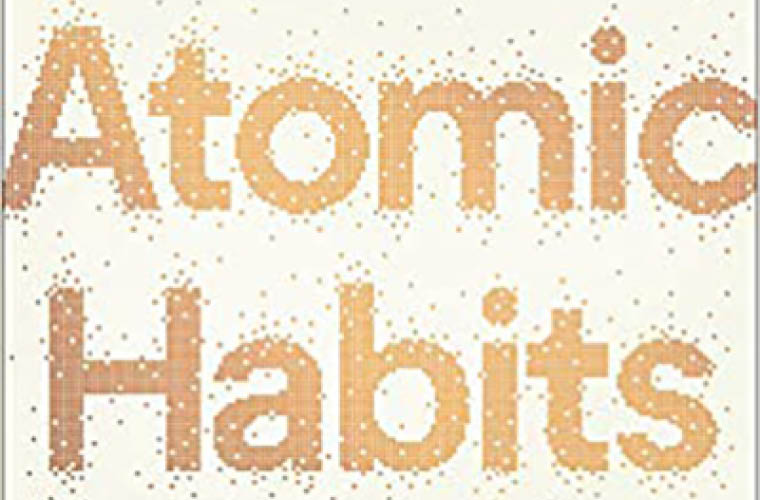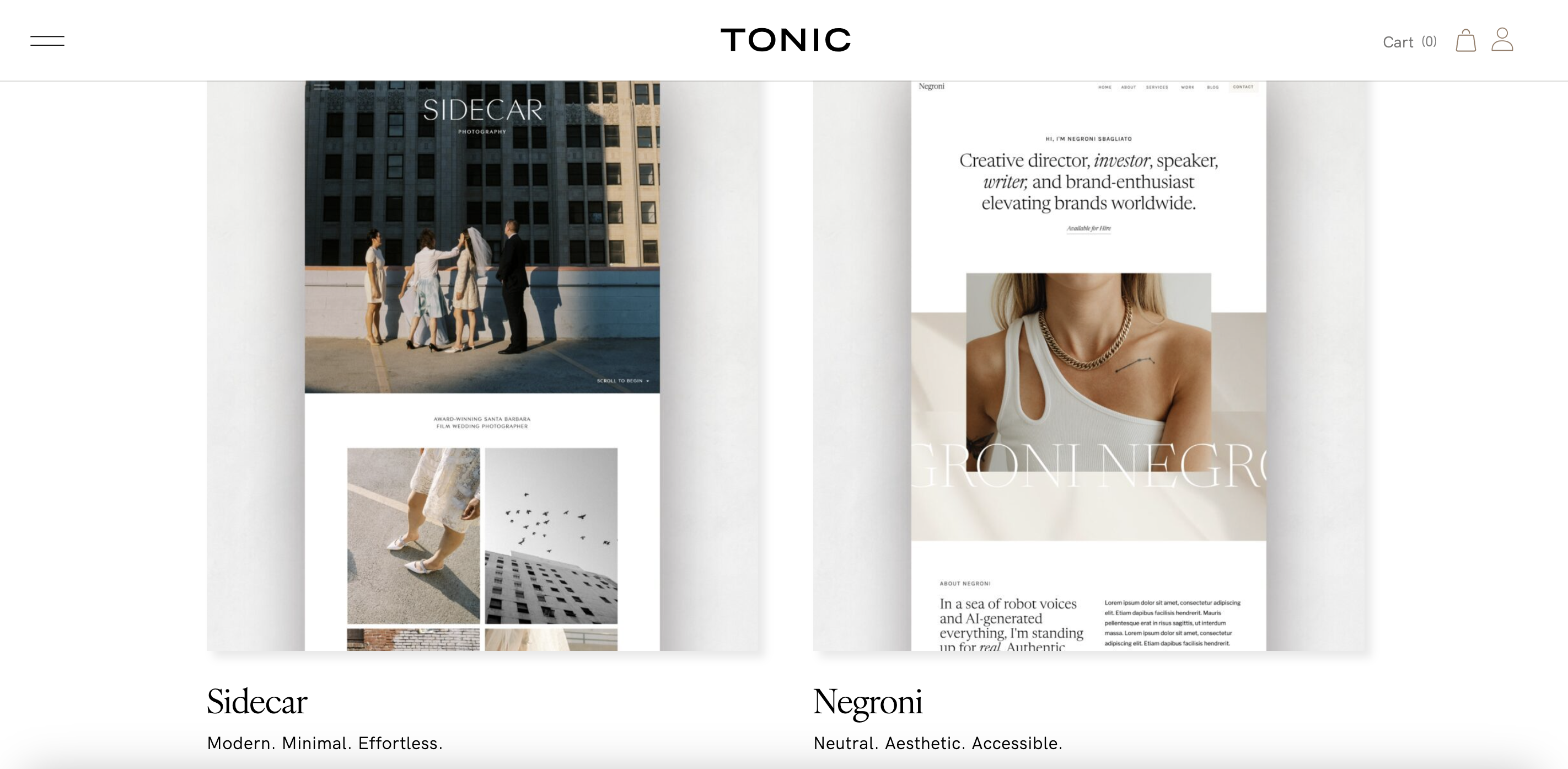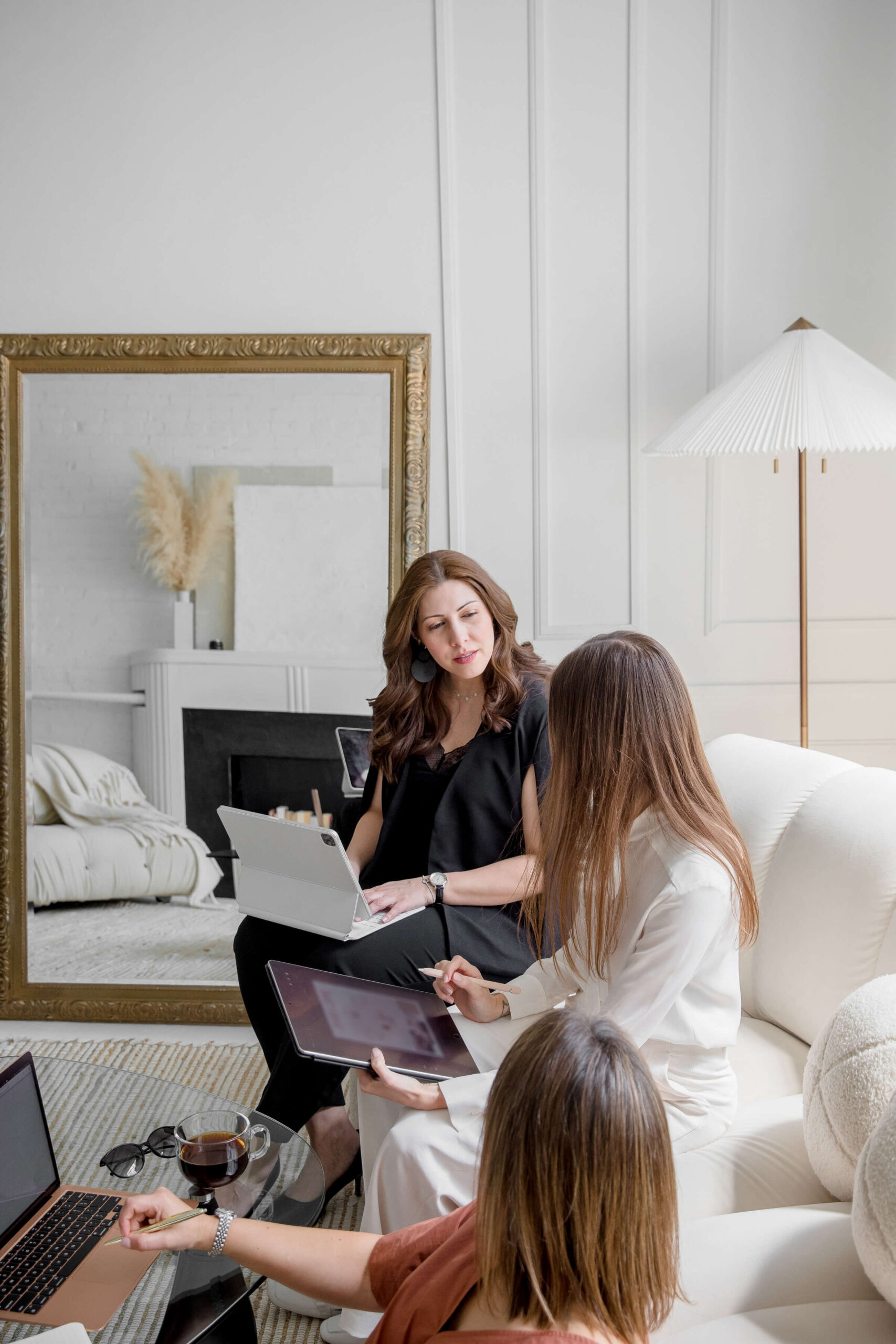In this book review of Atomic Habits by James Clear, I explore the role that environment plays in making our habits stick. If you tend to start and stop new initiatives before they are complete, in this post, you’ll find inspiration to help you follow through on your biggest dreams.

While Atomic Habits does not give you a magical way to snap your fingers and have your dream life appear around you, it does the next best thing. It offers practical solutions for adopting and sticking with new habits that make the journey as enjoyable as the destination.
A new perspective
There are twenty chapters in this book and they are so value-packed, that I could probably do posts on each of them. Instead, I’m going to share the tactic that I was most inspired to implement immediately, found in Chapter Six. It is titled: Motivation is Overrated: Environment often Matters More.
Motivation is overrated? If you’re new around here, every business I’ve built was on the foundation of motivation. And now this guy James is telling me that there might be something else that’s more powerful— at least when it comes to adopting new habits: environment.
What you see is what you do
You’ll often hear people say, “I’m a very visual person.” And they’re right. According to James the most powerful of our sensory abilities is vision. The body has 11 million sensory receptors and 10 million of those are dedicated to sight. It’s no wonder that vision plays such a vital role in behavior change.
This may not seem like much of a revelation to you. Anyone who has ever tried to write an email from the kitchen counter while your kids are screaming, or attempted to take up jogging in the dead of winter knows that environment is a factor. It can make or break your success. Which is why Atomic Habits challenges you to rethink your circumstances, prompting you to switch from victim of your environment to architect.
Using creativity in tandem with Atomic Habits
This is where we creative people can have a lot of fun. I love the theatrics, so this suggestion prompted me to step into the role of a set decorator. How could I set things up so that I’d be prompted to take natural actions, without the agony of overthinking? Brainpower zaps us of our energy in the same way that physical exertion does. If we’re wasting it on small thoughts like, “are my yoga pants in the wash?” Or, “where did I leave my glasses,” we’ll have less energy left to do the important things.
If you want to take up a new habit, you need to create a visual queue. So that when you wake up and your eyes land on your Apple Watch, you think, exercise. Gotta close those rings. Gotta beat my sister in law in calories burned today. The more visual cues you are able to present, the easier it becomes.
Let’s rewind. You wake up, you see your Apple Watch, but you also see your workout clothes and sneakers already set up for you. And a full water bottle next to them. When you walk past your closet you see the dress that you’re going to wear to your High School reunion. The one that you will look fabulous in— even more fabulous if you stick to your workouts. When you pick up your phone you’re reminded of the awesome playlist you created to make your workout more fun, and you pat yourself on the back when you walk into the living room and see that you already moved the coffee table out of the way so that you have all the space you need.
Making it feel normal
Each of these cues are triggers that make it feel more natural to complete your habit than to skip it. In the case of moving your coffee table, it’s going to feel like a waste of rearranging the room, unless you follow through on the reason that you took that action. To do your thirty minutes of strength training.
While you may begin to associate these small objects with working out (or whatever your habit is), the book makes it clear that our habits are not defined by the objects in our environment, but our relationship to them. Therefore, the more meaning you can assign, the more effective. Is your living room the place where you read, or where you do your workouts? If it has a dual meaning, you may want to seek out a different location. If not a gym, maybe your garage or basement. So that when you walk in the space, your natural inclination is to do pushups, not to get cozy.
The biggest takeaway in my book review of Atomic Habits
James says, if you want a habit that is stable and predictable, you need an environment that is stable and predictable, and I’m so excited to create mine. I have a new habit that I’m trying to implement and have some fun ideas on how to make adopting it more enjoyable, instead of something that I dread. You can find my new habit in the comments below.
While you’re there, drop me a line, and let me know what habit you will begin pursuing. I can’t wait to read them!
This book review of Atomic Habits by James Clear contains affiliate links.







My new habit: is to spend 15 minutes a day writing. I am starting my first book and know that I will drag out the process without a healthy habit in place. I have a few cues to jumpstart my new routine. I put on my glasses, I pour myself a cup of Earl Grey tea, and I hit play on my Harry James playlist.
I’m also using the Streaks App to keep track of my progress (another suggestion from Atomic Habits): https://streaksapp.com/